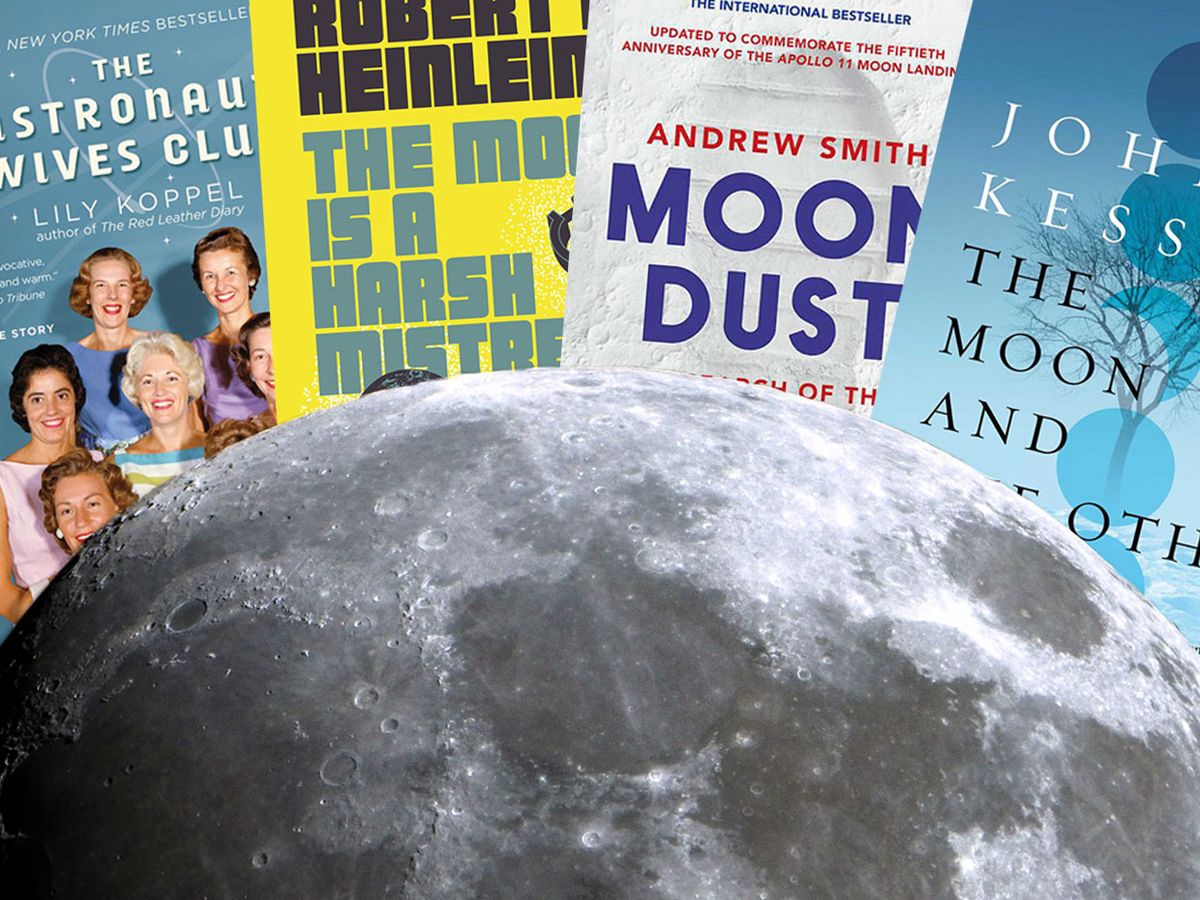Ian McDonald is a Hugo Award–winning novelist who has written books about Martian colonization, nanotechnology, and artificial intelligence. His latest series of Luna books are set in a near future where the moon is ruled by five families on a neofeudal basis. IEEE Spectrum invited him to share a selection of moon-related books that have moved and inspired him.
I remember the moon landing. I remember brilliant sunshine and being called in to see Neil Armstrong set foot on the surface. My family sat around the black-and-white television, the curtains drawn as if for a funeral. Light blazed though the gap between the curtains. I remember Neil Armstrong stepping down from the lunar module. I was 9. I grew up a space kid, thrilled by rockets, astronauts, cosmonauts, the Great Out There.
The memory is strong, vivid—and entirely wrong. When the Eagle landed it was 8:17 p.m. in Belfast, Northern Ireland, where I lived. Armstrong didn't set foot on the surface until nearly 3:00 a.m.
I don't know what I watched that afternoon, but I know what I saw: humans on the moon. Here are five books—fiction and nonfiction—that recapture that wonder of that memory .
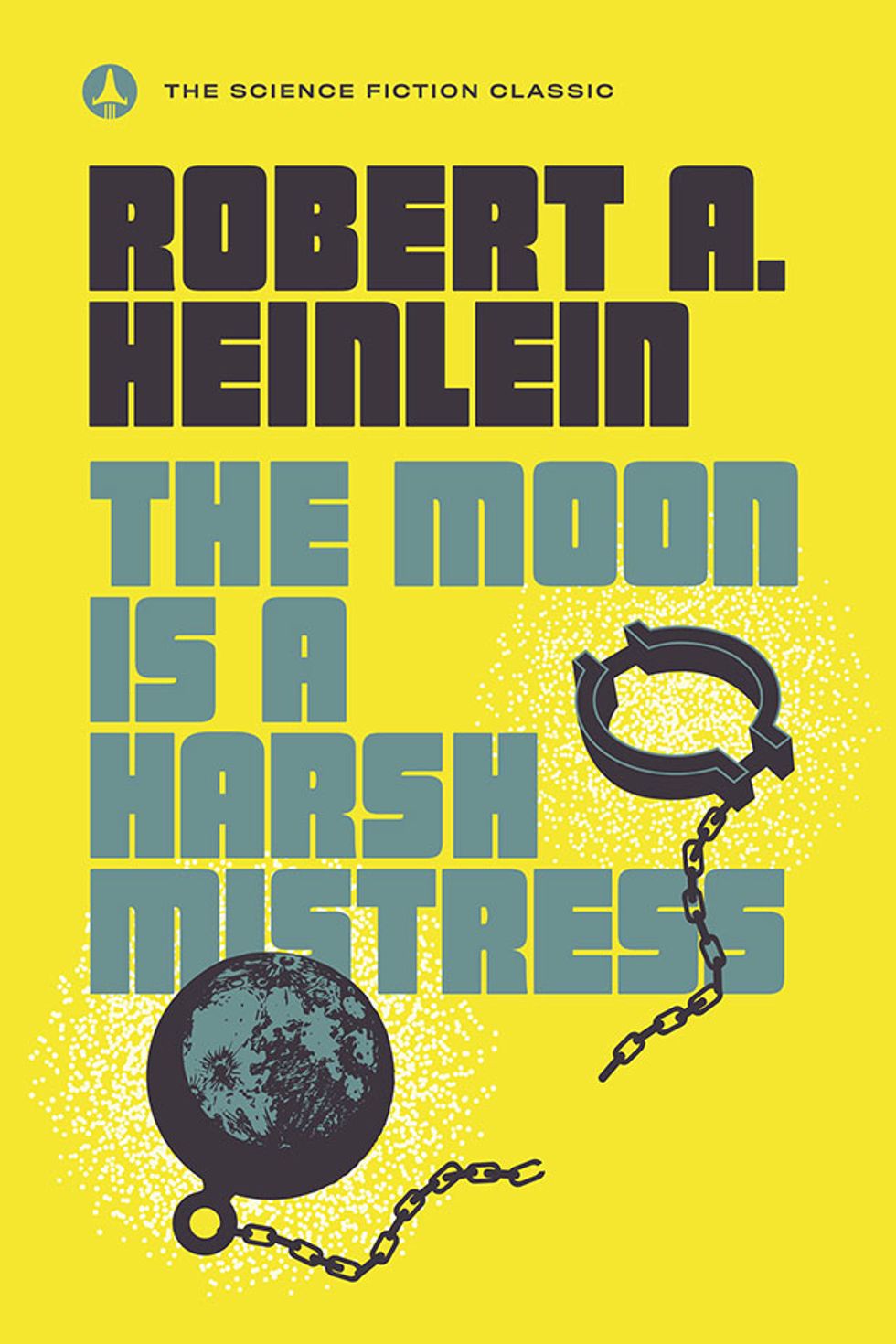
The Moon Is a Harsh Mistress
I have to talk about
this classic novel. Written by Robert A. Heinlein and published in 1966, three years before the moon landing, it feels like a sibling of the Apollo project. It stands like a monolith over every moon story since. There had been moon bases in fiction before, but they were anemic, sterile: bubbles of white Westerners engaged in research. The Moon Is a Harsh Mistress gave us a whole world that was noisy, crowded, smelly, colorful, diverse, and chaotic. It was alive. The setup—the moon as a penal colony à la Botany Bay—doesn't stand much examination, and the economics of feeding Earth with moon-grown grain makes no sense. The politics are interesting only to a 14-year-old and riddled with American exceptionalism, the women characters are barely there, and the professor character—the inevitable Heinlein pontificating windbag—should be thrown out the airlock in chapter three. Yet I love it. Revolution and a new society is inevitable in his moon base, but that isn't what I come to this book for. I come for the life, the energy. I can imagine looking up on a clear night and seeing the lights up there, in the dark of Heinlein's moon.
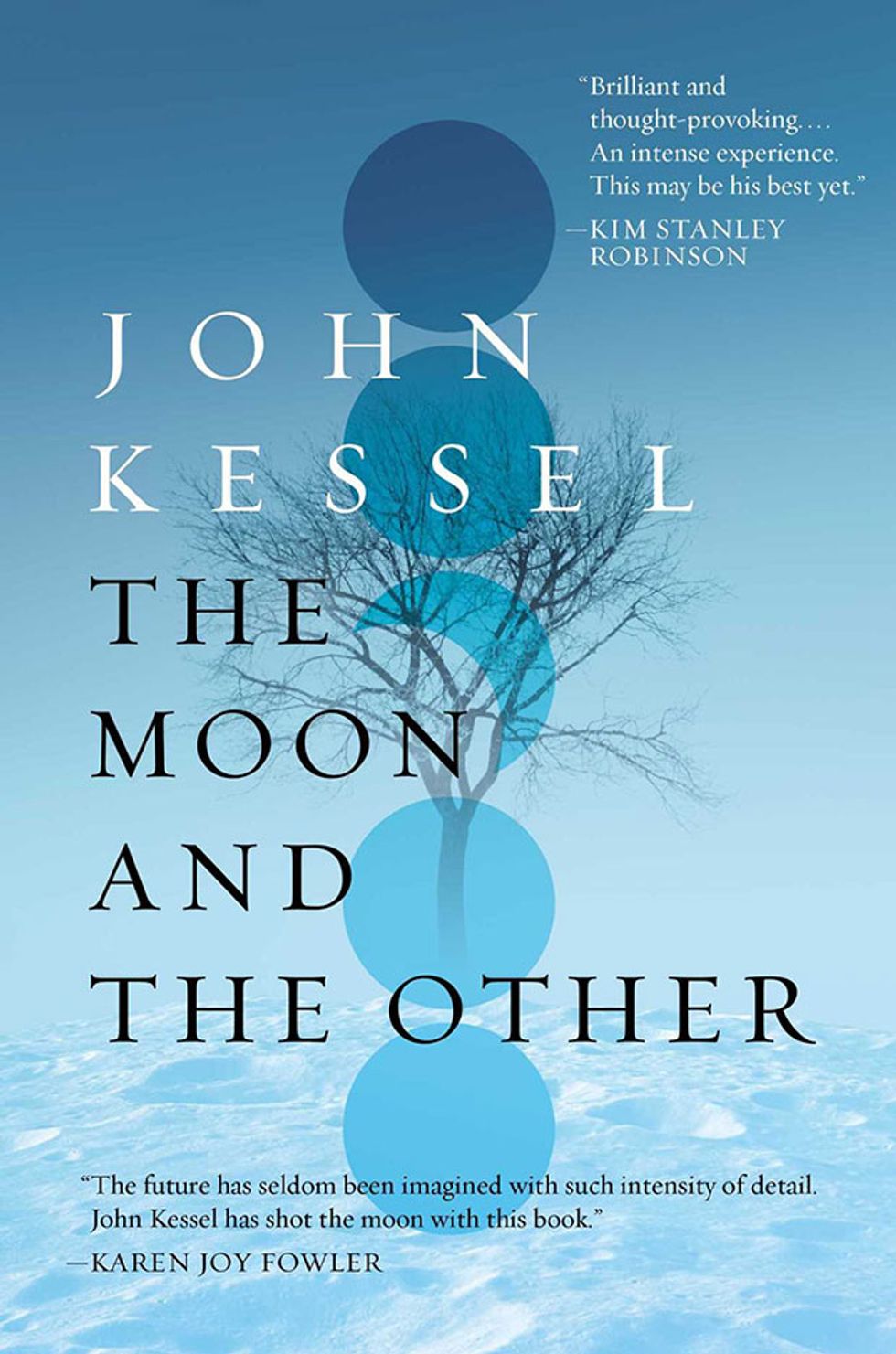
The Moon and the Other
In my opinion, reasons to go to the moon are few, reasons to stay fewer. Yet John Kessel's novel, The Moon and the Other, gives one of the cleverest rationales for settling the moon: It's a giant social science laboratory. In the year 2149, 3 million humans live on the moon in 27 distinct cultures. One culture is the Society of Cousins, where men trade political rights for social status so as to limit the potential for male violence. That society rubs up against the more traditionally patriarchal Persepolis, which has evolved from an Iranian experiment in secularism. Four characters experience relationships, love, and other disasters in a rich social comedy. The book is witty, charming, and light-footed, hitting its targets with elegant precision (think of it as a fencer's foil, while Heinlein's novel is a brass cannon). Kessel takes a smart look at the fallibility of human institutions, but also argues that there's hope in our imperfections.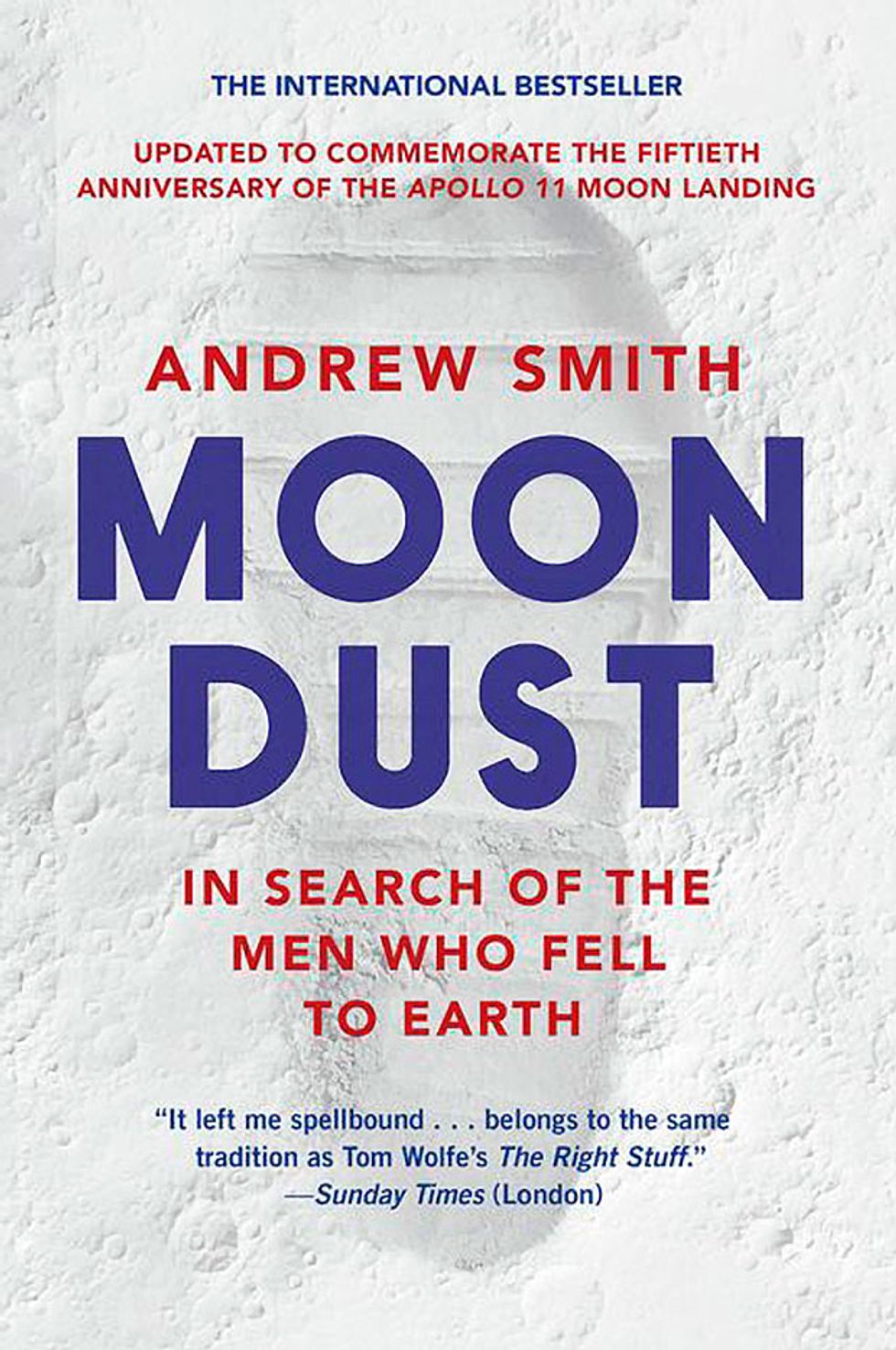
Moondust: In Search of the Men Who Fell to Earth
The premise of this nonfiction narrative is irresistible. In 2004 Andrew Smith learned that only nine of the 12 men who had walked on the moon were still alive, so he set out to meet them before Apollo vanished over the temporal horizon. What he describes in Moondust: In Search of the Men Who Fell to Earthis extraordinary: He found alcoholics, depressives, New Age gurus, devout evangelicals, visual artists, and grumpy old men. All shared the same experience of looking up and seeing a tiny Earth that Neil Armstrong could block out with the tip of his thumb. The Earth light changed them; none were untouched, all struggled to express it. The experience seemed beyond human communication. Amazing details abound in Smith's book: The moonwalkers were paid US $8 a day, minus deductions for berths on Apollo. These men were fired into space on a stick of high explosive, lauded as heroes, paid a pittance, and then effectively abandoned by NASA. They had a fall to Earth indeed. This is a melancholic book, shot through with a sense that we failed the moonwalkers and the vision of humans exploring space. It's now 50 years since Apollo 11, and of the moonwalkers, only four remain.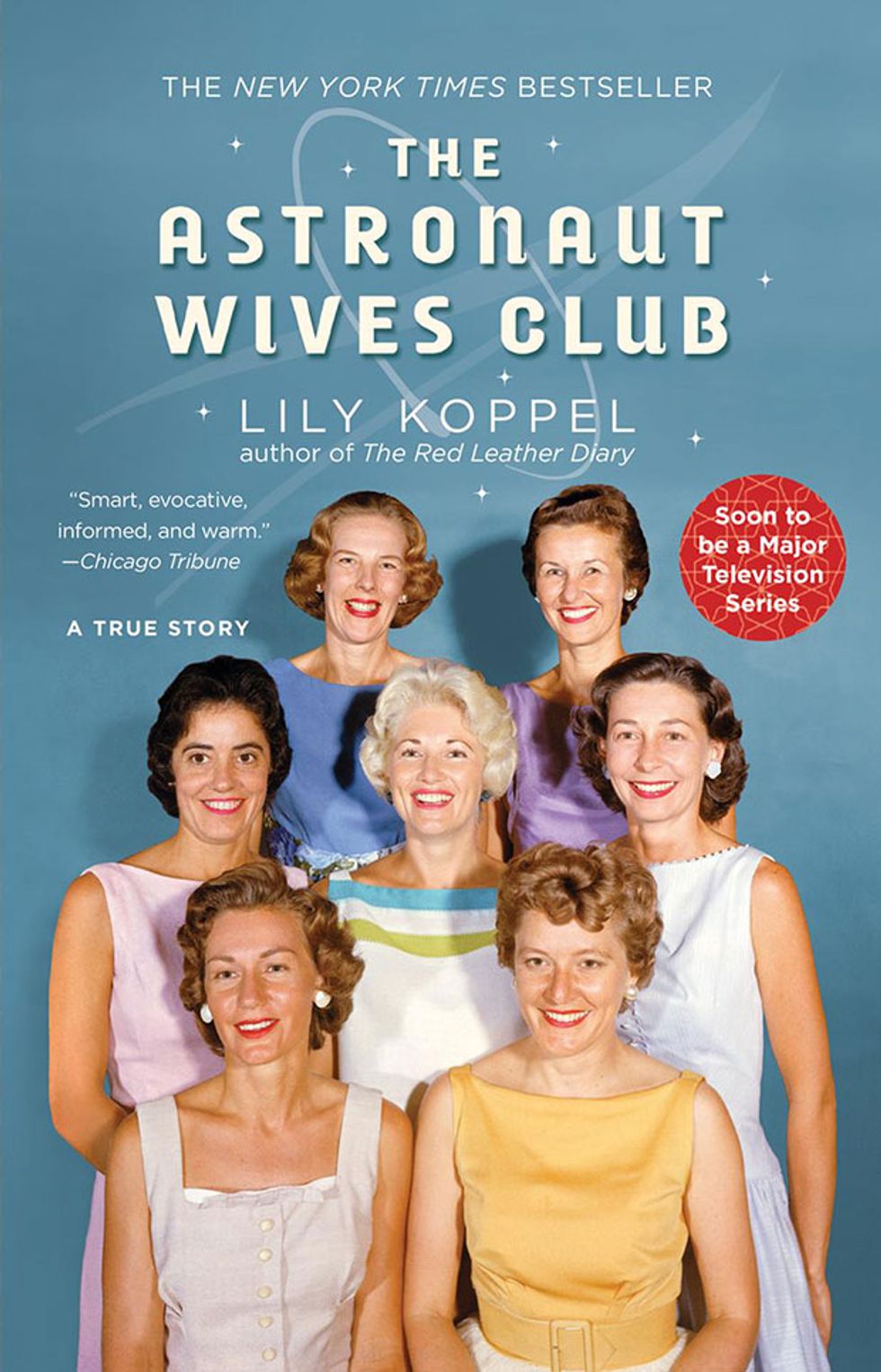
The Astronaut Wives Club
The moonwalkers flew, but what of those they left behind, earthbound? Lily Koppel's nonfiction book The Astronaut Wives Club answers that question. There was wonder, yes; but also stress, anxiety, fear. Devised as a support group for the families of the Mercury, Gemini, and Apollo astronauts, the club gathered together the women who fell into lives every bit as rehearsed and controlled as their husbands'. Every aspect of their family life, even their clothes, were micromanaged to generate the right impression. Just like their husbands, these women had to show the public that they had “the right stuff." But behind the gleaming homes and swimming pools lay addiction, mental illness, alcoholism, abandonment issues, and, in the case of Annie Glenn, a passion for fast cars. Tragically, 7 of the 30 members of the Astronaut Wives Club lost their husbands in the space program—3 in the Apollo 1 fire. The public facade began to crack, and in the aftermath of the human space flight program, when the men returned to Earth, it collapsed completely. Adultery, divorce, suicide: This book is strongest when it illustrates how wrong the right stuff can be.Visiting NASA
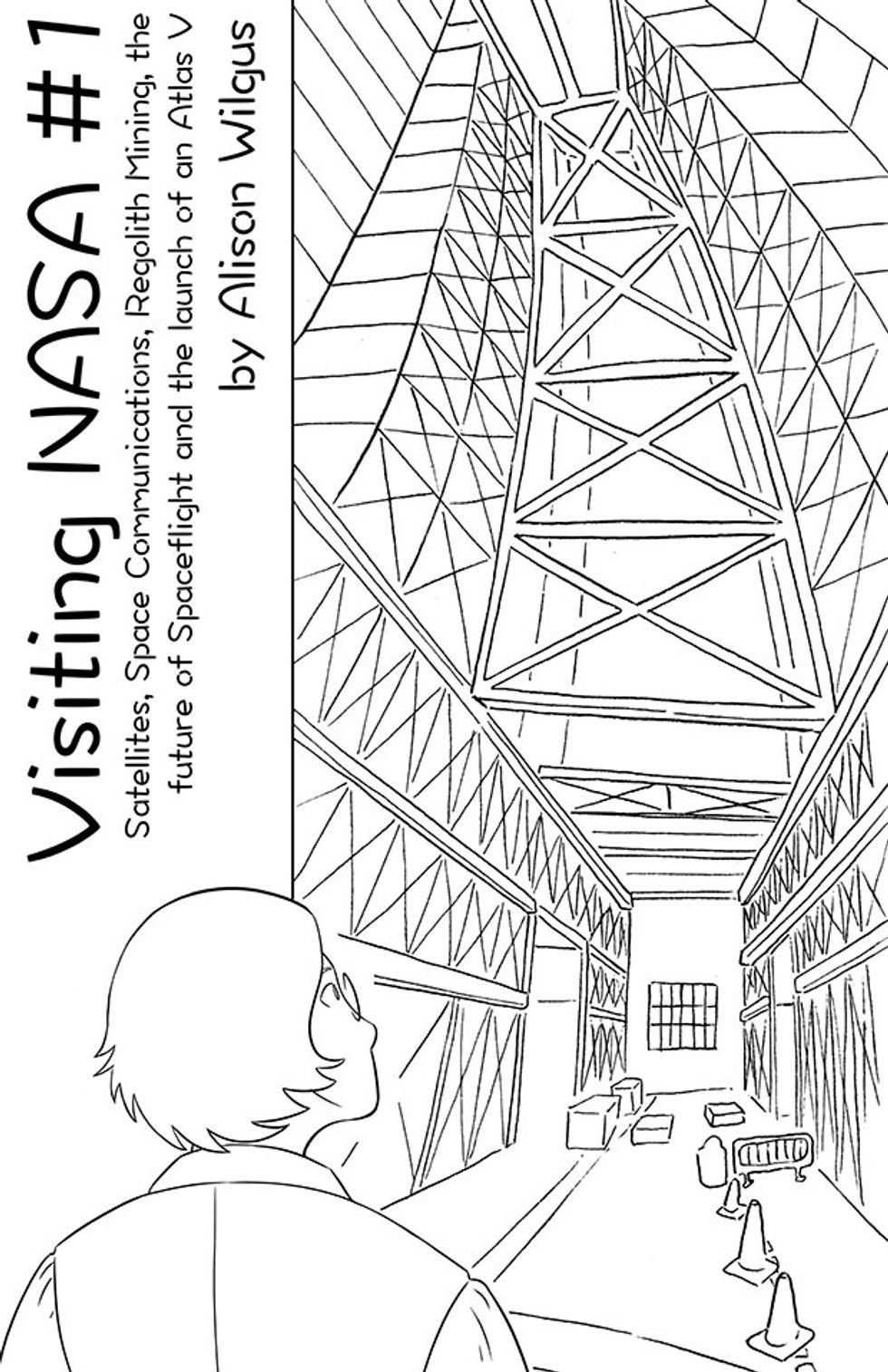 Visiting NASA, Alison Wilgus (self-published, first edition 2013)Photo: Alison WilgusVisiting NASA is a short graphic novel by Alison Wilgus, but it packs a deep snort of awe and delight. It's a chronicle of the author's visit to NASA's Kennedy Space Center recorded with a clear, strong line and deep personal engagement. We share her respect for the work and dedication of the NASA staff and her amazement at the scale and vision of the space program. Wonder bubbles out of this small book like spring water, and wonder is the very fuel of science fiction. While not a book about the moon per se, it's absolutely of the moon, Apollo, and the Great Out There. By the time you come to the final page, where the author watches a launch, it's hard not to cheer. It's the same wide-eyed joy I felt as a 9-year-old during that rocket summer when humans landed on the moon.
Visiting NASA, Alison Wilgus (self-published, first edition 2013)Photo: Alison WilgusVisiting NASA is a short graphic novel by Alison Wilgus, but it packs a deep snort of awe and delight. It's a chronicle of the author's visit to NASA's Kennedy Space Center recorded with a clear, strong line and deep personal engagement. We share her respect for the work and dedication of the NASA staff and her amazement at the scale and vision of the space program. Wonder bubbles out of this small book like spring water, and wonder is the very fuel of science fiction. While not a book about the moon per se, it's absolutely of the moon, Apollo, and the Great Out There. By the time you come to the final page, where the author watches a launch, it's hard not to cheer. It's the same wide-eyed joy I felt as a 9-year-old during that rocket summer when humans landed on the moon. 